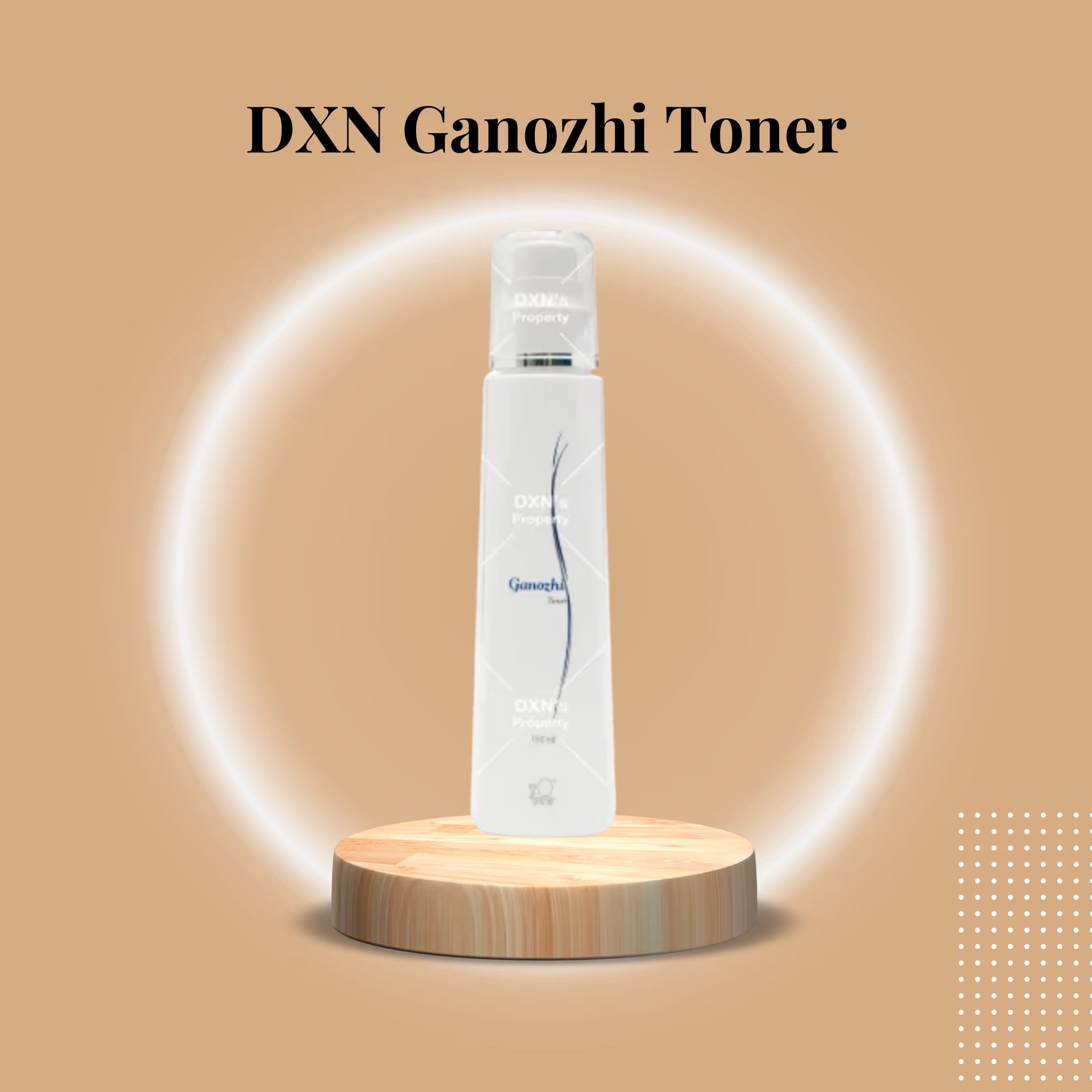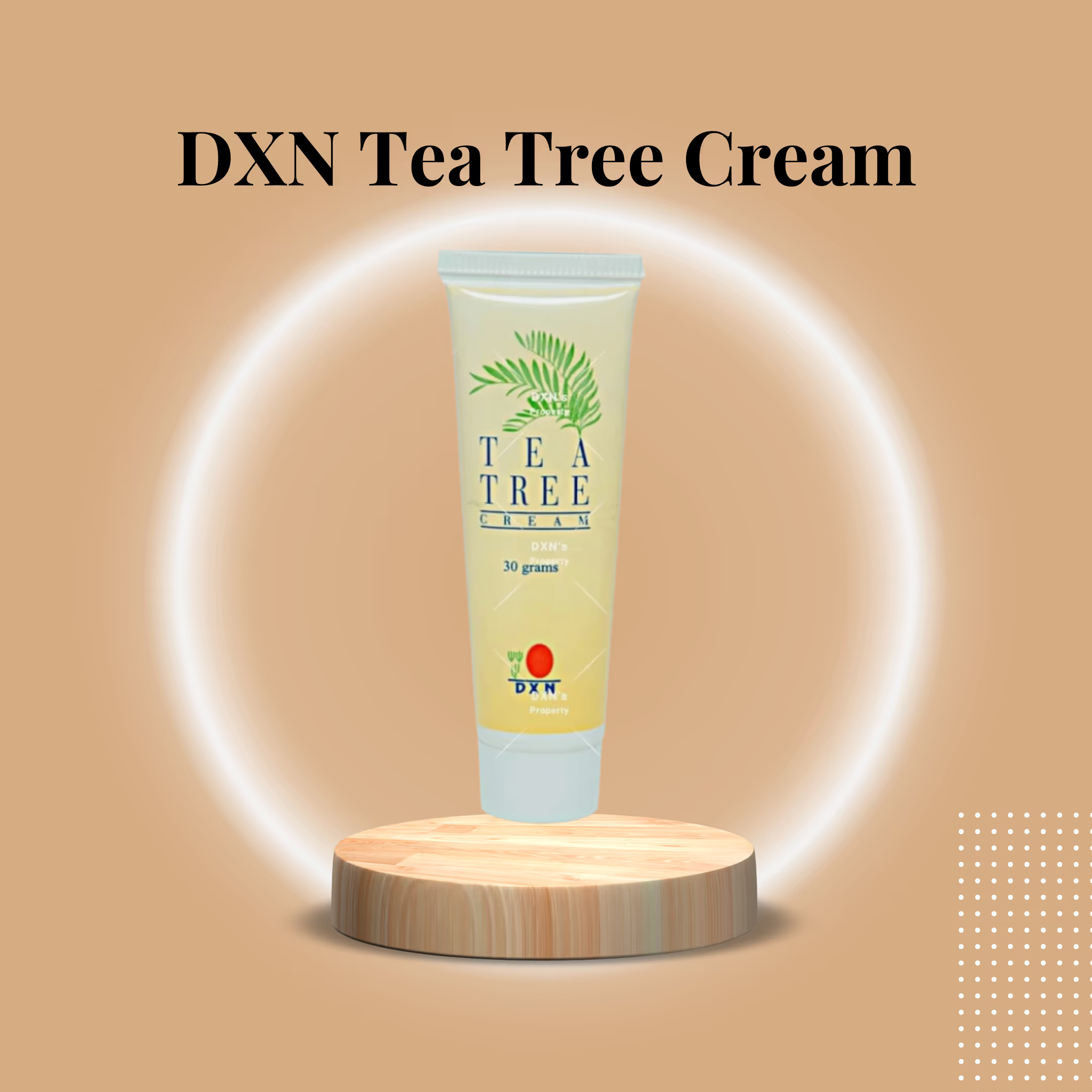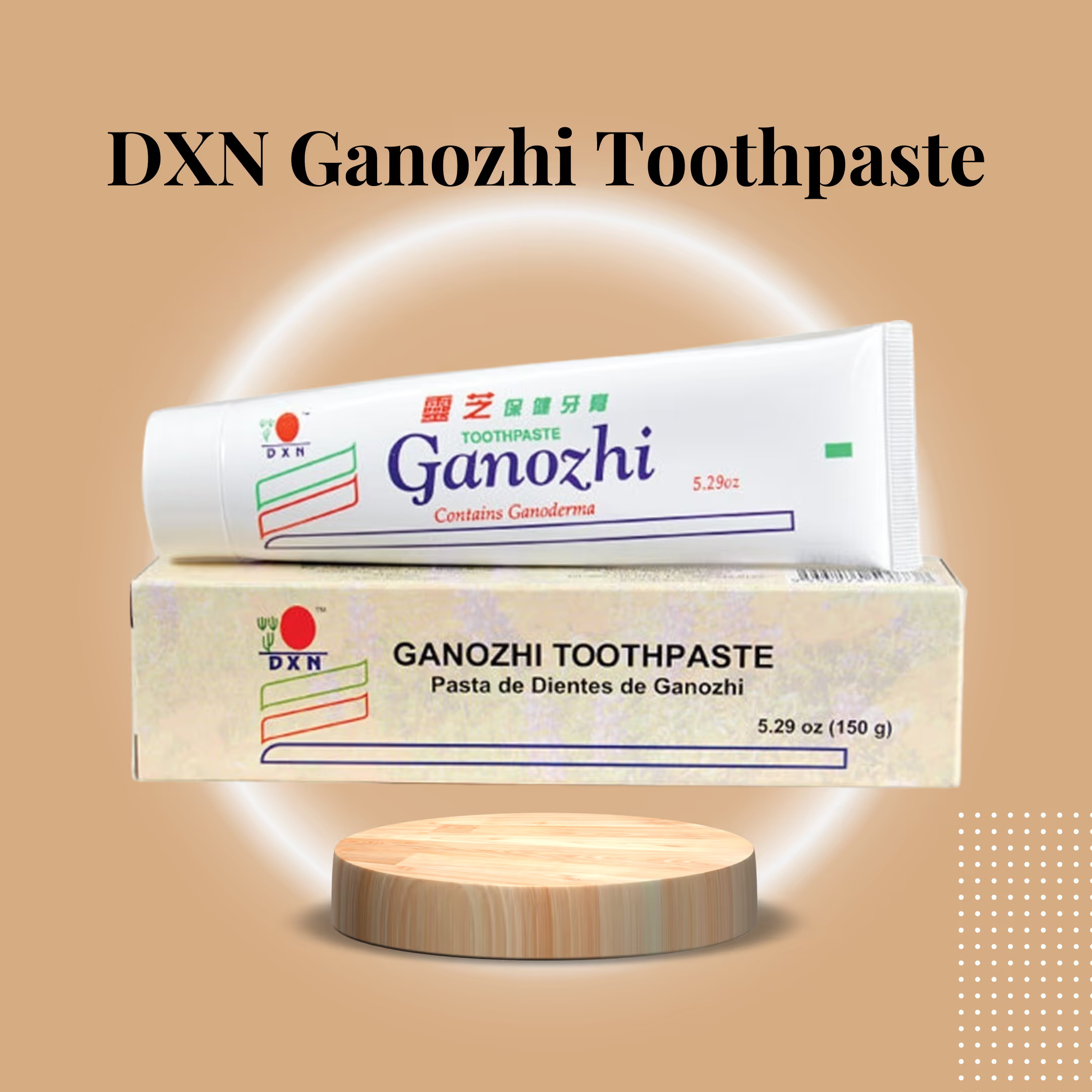Why a toner still matters (and what “balanced skin” actually means)
Many people dismiss toners as unnecessary or old-fashioned, but modern toners have evolved into restorative, hydrating products that do more than just sting and evaporate. Think of a toner as the finishing touch to cleansing: it removes any last traces of dirt or cleanser residue, calms and cools the skin, and restores the skin’s micro-environment — namely the “acid mantle.”
Why pH matters: The surface of healthy skin is slightly acidic (usually around pH 4.5–5.5). That acidity is functionally important — it helps:
- Keep harmful microbes from taking hold,
- Maintain enzymatic activity needed for normal cell turnover, and
- Prevent excessive water loss.
When a cleanser raises skin pH (many bar soaps and alkaline products do), the skin’s barrier function is temporarily compromised. A modern toner quickly restores the pH to the protective zone, reducing inflammation and making the skin receptive to the actives that follow.
The ideal toner doesn’t strip skin of oils. Instead, it restores: lightweight, water-based toners that contain humectants and botanical actives, both protect and prepare the skin.
Introducing DXN Ganozhi Toner: formulation, positioning, purpose
DXN Ganozhi Toner positions itself as a conditioning product — not an astringent. Its job is to:
- Restore the acid mantle after cleansing,
- Sweep away the residues the cleanser left behind,
- Deliver immediate hydration and calming agents, and
- Help refine the appearance of pores without drying the skin.
It’s intended as Step 2 in a multi-step Ganozhi skincare routine (cleanse → tone → moisturize/treat). The formulation centers on four highlighted actives:
- Ganoderma lucidum extract (Reishi) — prized for antioxidant and anti-inflammatory properties;
- Fagus sylvatica extract (Beech bud extract) — claimed to support collagen production and natural moisturizing factors;
- Allantoin — a gentle skin-soother and conditioner;
- Propolis cera — a propolis-derived resin that supports barrier resilience.
Rather than delivering temporary tightness through alcohols, the toner aims to create lasting balance and improve the skin’s ability to absorb the next step — especially treatments designed to penetrate more deeply (e.g., the Ganozhi Moisturizing Micro Emulsion).
The science behind the main activities
Ganoderma lucidum (Reishi) — why a mushroom in skincare?
Reishi has a long traditional history and recent interest in cosmetics. Key points:
- Antioxidant action: Ganoderma contains polysaccharides and triterpenoids that scavenge free radicals, helping protect the skin from oxidative stress (pollution, UV).
- Anti-inflammatory effects: The same compounds help calm irritation and reduce redness. After cleansing, when the skin can feel sensitized, a calming ingredient is helpful.
- Barrier support: Through antioxidant and immune-modulating pathways, the extract contributes to healthier barrier function over time.
Including Ganoderma in a toner is a strategy to pair immediate pH restoration with protective, long-term benefits.
Fagus sylvatica (Beech bud) — the cellular energizer
Beech bud extract is commonly used in cosmetic science for two main reasons:
- Collagen stimulation: Studies show certain bud extracts can help prompt fibroblasts to increase collagen synthesis, which supports firmness and elasticity.
- Enhancing Natural Moisturizing Factor (NMF): By supporting components that help skin retain water, this extract supports hydration and surface softness.
The combined result: skin looks plumper and more resilient with regular use.
Allantoin — the gentle calming agent
Allantoin is a classic, dermatologist-friendly ingredient:
- It soothes irritated skin,
- Helps with cellular turnover, and
- Leaves the skin feeling soft.
It’s especially useful in toners because it offsets any potential dryness from cleansing.
Propolis Cera — barrier reinforcement
Propolis is a bee-derived resin well-known for its protective and antimicrobial characteristics. In topical formulations:
- It can support the skin barrier,
- Offer mild antimicrobial benefits, and
- Provide antioxidant activity.
Far from being a “functional gimmick,” propolis in a balancing toner helps the skin resist environmental stress during daily life.
What the toner actually does on a practical level
When used correctly, a well-formulated toner like Ganozhi delivers multi-layered benefits:
- Instant pH normalization: This is the foundation — restoring skin to its optimal acidity so that enzymes and barrier lipids function normally again.
- Gentle removal of residue: Cotton pad cleansing after a primary wash often picks up traces of makeup, pollution, or cleanser film. This is particularly useful for individuals in areas with hard water, where mineral deposits can accumulate on the skin.
- Pore refinement: Not by drying out skin, but by tightening the appearance of pores and reducing trapped sebum and debris over time.
- Hydration and plumping: Ingredients that increase NMF and deliver humectant action keep skin smooth.
- Improved penetration of actives: By establishing a receptive surface, serums and moisturizers penetrate deeper and more effectively.
All of the above contribute to a smoother, more even complexion and improved performance of any follow-up treatments.
Who benefits most from a balancing, botanical toner?
This product is designed to be broadly suitable. Typical profiles that will see meaningful gains include:
- Anyone using active cleansers (e.g., chemical exfoliants or foaming cleansers) — toners restore pH quickly.
- People with combination or oily skin — proper balancing avoids rebound oil production.
- Those with sensitive or reactive skin — the anti-inflammatory, soothing actives help calm irritation without harsh alcohols.
- Users of multi-step skincare routines — toning optimizes the surface for serums and emollients.
- Individuals concerned with early signs of aging — the beech bud extract’s collagen support and antioxidant protection from Reishi help slow visible aging.
It is generally not intended for use as an acne treatment or for treating severe dermatological conditions without professional supervision. However, as a daily balancing step, it supports skin health that indirectly helps acne-prone skin when combined with appropriate medical care.
How to use DXN Ganozhi Toner: step-by-step
A. Pre-application: Start with a clean face. Use your regular gentle cleanser — ideally the Ganozhi Liquid Cleanser if you follow the DXN system. Rinse and pat dry until skin is slightly damp (patting helps maintain surface moisture).
B. Application methods:
- Cotton pad method (for deep sweep): Pour a small amount onto a cotton pad and gently swipe it across the face, focusing on the T-zone and areas where makeup or oil tend to collect. This is good for removing residual impurities.
- Clean hands/patting method (for sensitive skin): Dispense a few drops into clean palms, rub your hands together lightly, and gently press/pat the toner into your skin, from the center to the hairline. Patting aids absorption and minimizes friction.
C. Frequency: Twice daily — morning and evening — immediately after cleansing. Consistency is key: pH normalization is an ongoing need, not a one-off fix.
D. Wait time: Allow about 30–60 seconds for the toner to settle and absorb before applying serums or moisturizers. That short pause gives the skin a slightly receptive state that increases penetration efficacy.
E. Follow-up: Apply your serum, then the Ganozhi Moisturizing Micro Emulsion or your preferred moisturizer. The toner’s job is done at this point; the rest of your routine builds on the foundation it created.
Application tips and troubleshooting
- Patch test new products. Even gentle botanicals can cause irritation in some individuals. Apply a small amount to the inner wrist or behind the ear for 24–48 hours before using on the face.
- If you feel a sting or tightness, rinse and discontinue use. Toner should not burn or sting severely. Mild tingling may occur in some cases, but persistent burning signals irritation.
- Avoid combining with high-concentration exfoliants immediately. If you use strong acids (AHA/BHA) or retinoids, leave a buffer of several minutes after applying the toner or consider alternating these actives in your routine (e.g., AHA at night, toner in the morning and at night).
- Use as a calming compress: Soak cotton pads with toner and apply as a short compress for a few minutes to calm redness or sun-sensitized skin.
- Storage: Store the bottle in a cool, dry place, away from direct sunlight, to preserve the natural botanical actives.
DXN Ganozhi Toner vs. traditional alcohol toners
There’s a clear philosophical and functional shift between old "astringent" toners and modern balancing toners:
- Traditional astringent toners used high concentrations of alcohol to remove oil and make skin feel taut. This often left skin stripped, prompted rebound oil production, and caused dryness or sensitivity over time.
- Modern toners, such as Ganozhi, focus on restoration, delivering humectants, botanical actives, and pH-correcting ingredients without harsh alcohol. The goal is long-term balance, not temporary tightness.
If your skin reacts poorly to products that sting, a modern botanical toner is typically a safer, more effective choice.
Complementary products and routine integration
DXN frames the Ganozhi Toner as part of a three-step or fuller routine:
- Ganozhi Liquid Cleanser — gentle cleansing with Ganoderma support;
- Ganozhi Toner — restores pH, hydrates, refines;
- Ganozhi Moisturizing Micro Emulsion — advanced nanotech emulsion that delivers potent actives deep into the skin.
By placing the toner directly between cleansing and treating, it ensures the micro-emulsion’s "nano-sized" molecules have an unobstructed path, optimizing absorption and efficacy.
For best results, pair the toner with sun protection during the day and consider serums targeted to your concerns (vitamin C for brightness in the morning, hyaluronic acid or peptide serums for hydration/repair).
Realistic timelines and expectations
- Immediate: You should notice smoother, slightly refreshed skin and reduced tightness after application — especially if you’ve used an alkaline cleanser.
- 2–4 weeks: Improved surface hydration, slightly tighter-looking pores, and reduced redness for many users.
- 8–12 weeks: Benefits from ingredients that support collagen and barrier function (like beech bud extract and antioxidants) become more noticeable in skin texture and resilience.
Consistency matters. Toners support the skin’s physiology; they don’t produce overnight miracles but amplify the effects of the rest of your routine.
Safety notes and who should consult a pro
- Avoid use on open wounds or severely inflamed skin (seek medical advice first).
- Allergies: If you have known allergies to propolis or bee products, avoid propolis-containing formulas.
- Pregnancy and sensitive conditions: Most botanical toners are safe, but always check with a healthcare professional if you’re pregnant, nursing, or under dermatologic treatment.
Packaging, claims, and transparency
When buying any botanical product, including toners, look for clear labeling and ingredient lists. Ensure:
- Lot/batch numbers are visible for traceability,
- Usage directions are provided, and
- Storage advice is included.
DXN's positioning emphasizes botanical actives and synergy across its Ganozhi line; that systemic approach is beneficial for individuals seeking coordinated routines rather than piecemeal products.
Frequently paired concerns: acne-prone skin, aging skin, oily skin
Acne-prone skin: Restoring pH is helpful because a slightly alkaline surface can promote bacterial overgrowth. The toner’s antibacterial-supporting propolis and anti-inflammatory Reishi can help maintain a calmer microbial environment, though targeted acne treatments may still be necessary.
Aging skin: Ingredients that support collagen production and provide antioxidant defense are the core strategies for combating aging. Maintaining a regular pH balance and hydration improves the skin’s repair environment, making anti-aging serums more effective.
Oily/combination skin: Toners that hydrate and balance reduce reactive oiliness by preventing the skin from overcompensating for dryness with excess sebum.
Real user experience and expert perspective
Users appreciate toners that don’t sting, that provide a second cleansing layer (removing residues), and that enhance the absorption of serums and moisturizers. From an expert perspective, toning is often the unsung hero of a regimen: it’s inexpensive compared to concentrated serums, yet it materially improves the performance of the entire routine.
.avif)





